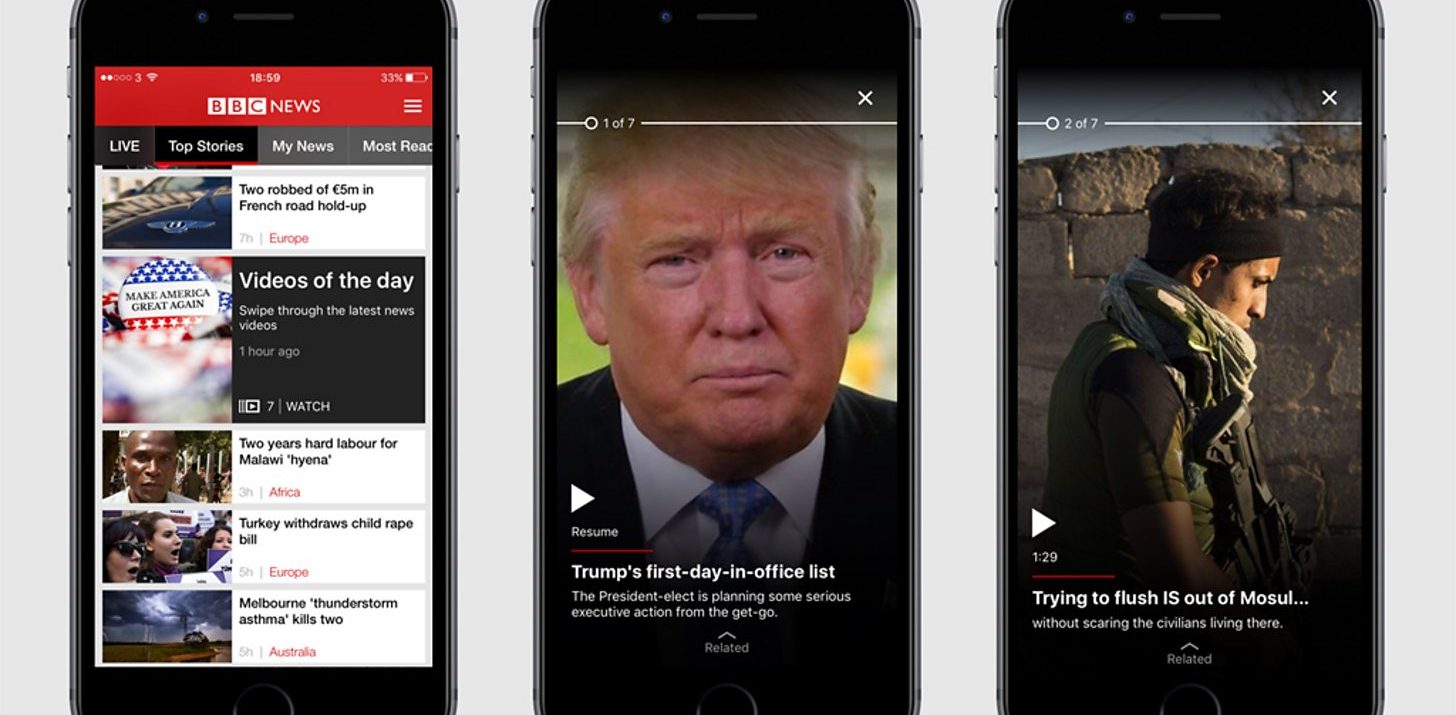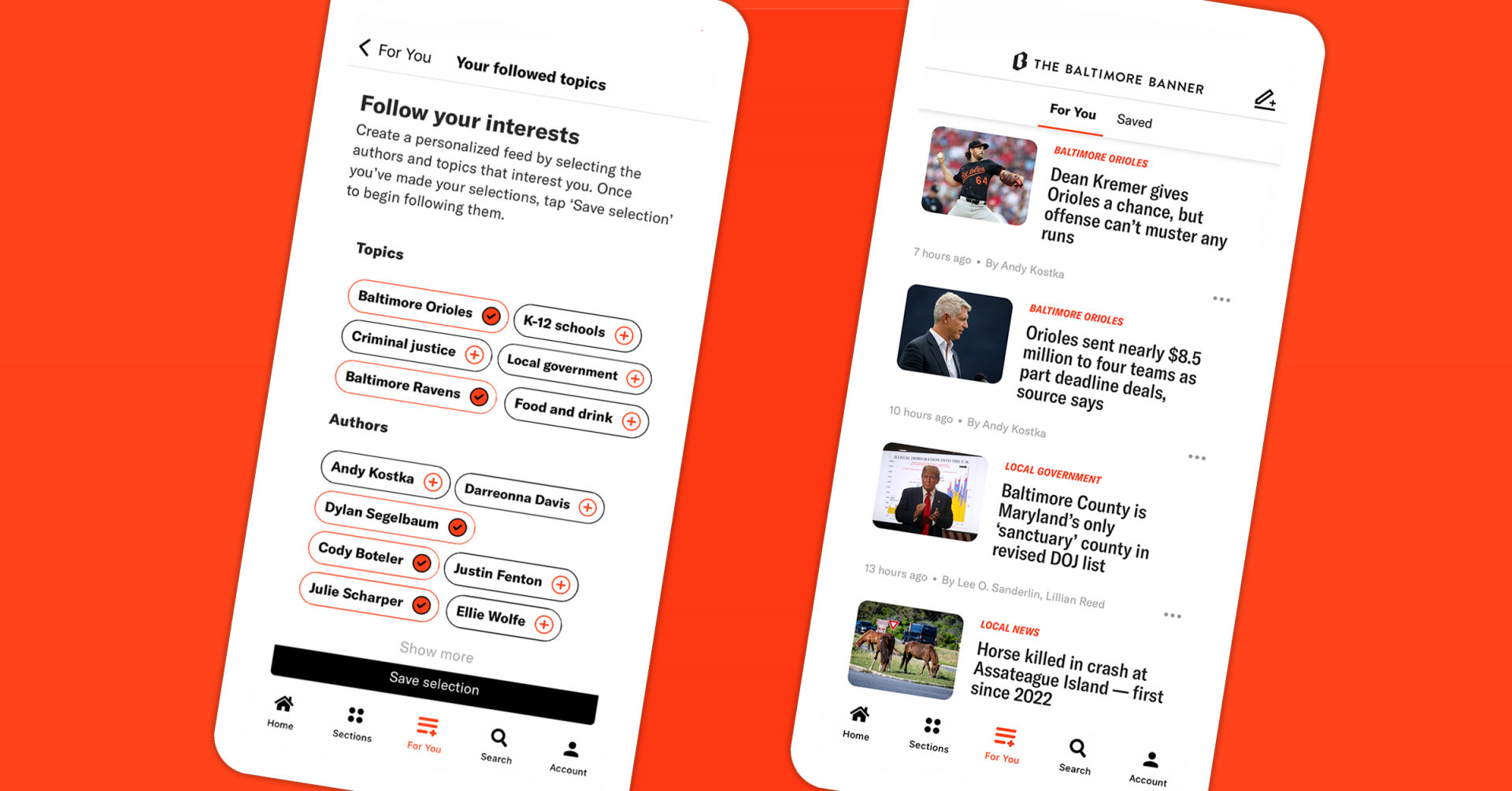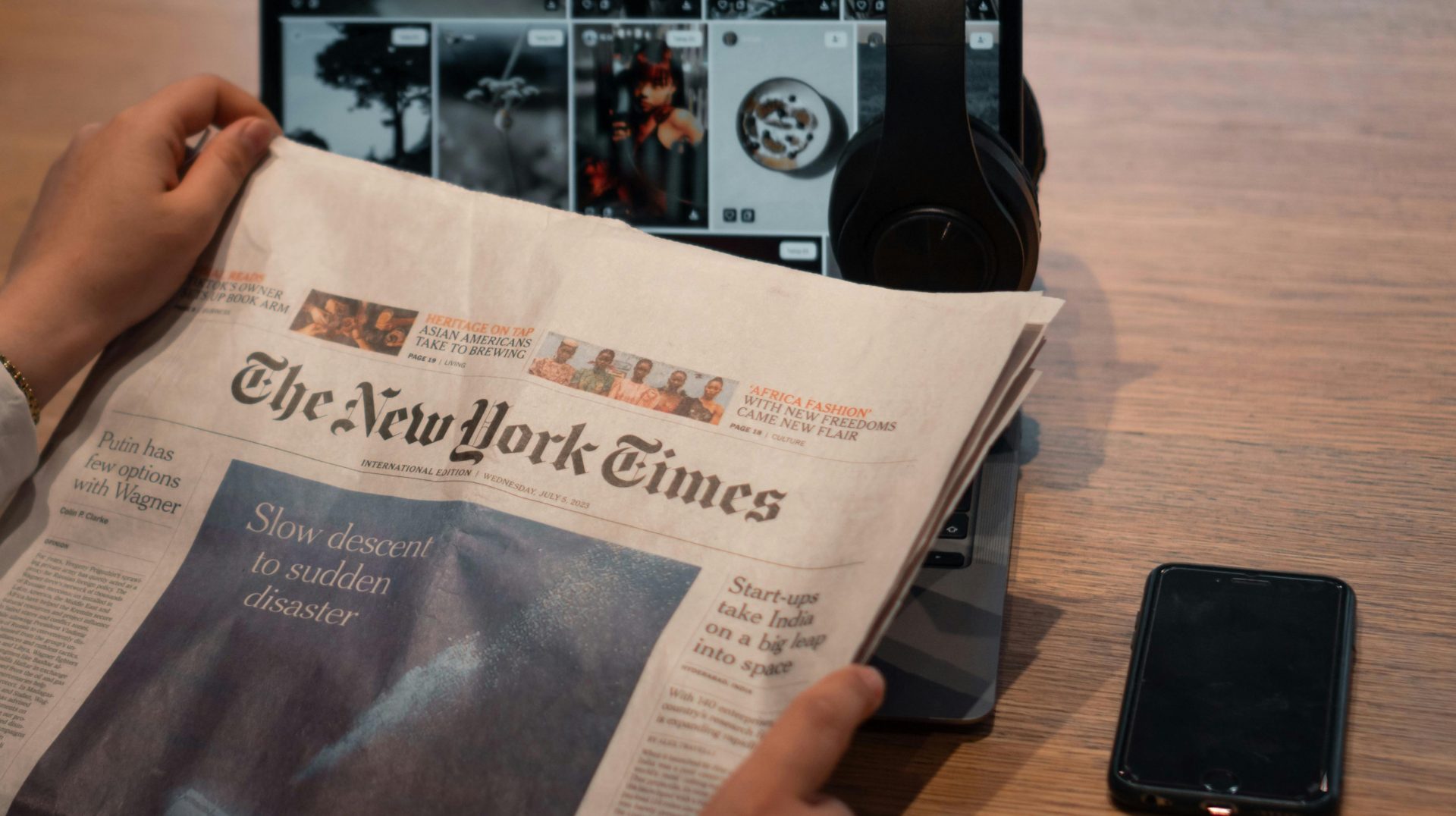
Newsletter
Newsletter
Publishers are pivoting to video, vertical video, to keep up with changing audience habits.
6th December 2024

By Kevin Anderson
Audiences are pivoting to video.
This shift is part of what the Reuter’s Institute Digital News Report referred to as a “platform reset”, with the overweening dominance of Facebook and Twitter giving way to TikTok, Instagram Reels and YouTube.
Despite an earlier disastrous pivot to video and more recent referral collapse from social platforms, publishers and broadcasters are creating video, particularly mobile-friendly vertical video for these platforms as part of their strategies to engage younger audiences.
While many of these efforts are focused on producing video content for platforms, other media organisations have added vertical video to their apps and have seen dramatic success. Leveraging this mobile-first video format, they are smartly engaging audiences on platforms first and offering a similar experience in their apps.
Do you want to find out how other mobile publishing professionals are experimenting with vertical video? If so, join our Mobile Matters community where your peers share best practices and get information on how to build audiences and engagement and grow revenue with their apps.
Journalists and editors might be groaning after the disastrous first “pivot to video” by the industry fresh in their minds. “The phrase ‘pivot to video’ has become a joke, shorthand for a media company’s last-ditch effort to turn things around before the layoffs begin,” Laura Hazard Owen wrote on Nieman Lab in 2021.
It came after Vice laid off staffers just a month after announcing that it would reduce text articles by up to half so that it could focus on producing videos for Instagram and YouTube.
The cynic in me thought the much-maligned pivot to video then was largely driven by Mark Zuckerberg’s YouTube envy. He couldn’t buy it because Google already had it, yet, he knew that it was and still very much is a competitor for digital audience attention. However, at the time audiences weren’t buying what Zuck wanted publishers to sell.
However, times have changed. The new pivot to video is driven by reader habits, not by a platform owner’s strategic shift.
As the Reuter’s Institute found this year, audiences of all ages, particularly young ones, are voracious consumers of video content of all lengths. “Short news videos are accessed by two-thirds (66%) of our sample each week, with longer formats attracting around half (51%).”
The 2024 Reuter’s Digital News Report surveyed news consumers in 47 countries across six continents, and it found that almost a third (31%) used YouTube weekly for news. Despite the focus on TikTok, only 13% used the social video platform for news each week. It was even outpaced by WhatsApp, which 21% of those polled use for news each week.
And these platforms dominate publishers’ and broadcasters’ properties when it comes to digital video consumption. Almost three-quarters (72%) of users consume video on platforms, while only 22% do on news publishers’ websites.
To meet the needs of these mobile video consumers and engage young audiences, publishers around the world used the major events of this year – elections and the Paris Olympics – to trial new video approaches.
In Australia, Nine Entertainment’s three major metro newspapers – The Sydney Morning Herald, The Age and The Brisbane Times – leveraged their experience covering the 2023 Women’s World Cup to create vertical, social video on TikTok, WhatsApp and TikTok, Growth Content Editor Sophia Phan wrote in a post for INMA.
Although they knew vertical video would be popular, they polled their social audience about the type of content they wanted. Daily recaps topped the list, but “anything and everything” came a close second in the poll which included what to watch on TV, breaking news and gold medals, overall medal tallies and highlights videos.
They had two main pillars for their content, live events and ‘shoulder content’. Shoulder content is everything before and after the event such as pre- and post-event interviews, profiles and analysis plus highlights and fan interaction.
The project netted them 50m video views across the platforms and helped them add 20,000 followers. Moreover, posting on WhatsApp had the added benefit of including links to other content on their sites, adding a path to bring users on the social platform to their own properties.
Being part of a media group with broadcast rights, the Nine newspaper titles had access to video content other newspapers wouldn’t have.
However, other newspapers have developed deep video expertise. Norway’s VG used the US elections to experiment with vertical video on social platforms. Camilla Brækkem, who works with video in VG’s editorial department, and Kristin Nyland, a product manager overseeing video for the newspaper, said in a piece for INMA how “reaching the next generation of media consumers is fundamental for future survival”.
They adopted vertical video for their election coverage “to align with mobile-first user habits”. They also adapted their production style to meet the expectations of social mobile audiences. They “(had) each reporter look directly into the camera, following social media norms, instead of being in a studio looking at each other”. They also shifted their editorial approach. Instead of one continuous live stream, they only went live with major breaking developments.
As we discussed at the beginning of the year, the big set-piece events provided a not-to-miss opportunity for media organisations to experiment. For the first time, VG integrated interaction with live comments on the video that also allowed viewers to share questions during the broadcasts.
Set pieces allow media organisations to manage the complex logistics of these experiments, which helps them develop new capabilities such as new graphic formats suited to vertical video, processes to manage live interaction and cross-disciplinary collaboration. The relationships, workflows and new skills will long outlive this experiment and inform how they do live events in the future.
Connecting with mobile audiences on the platforms they use can help with audience development and reach younger users who as the Reuter’s Institute found have become less likely to come directly to publishers’ websites and apps.
However, media organisations have made it a priority to convert users of social platforms into regular users of their own properties. The BBC shows the benefits ot doing this using vertical video. It began using vertical video in its news app in late 2016. They did this because while the app was only a fraction of their total digital audience, “48% of BBC News digital video was viewed” in the app, Joseph Lichterman of Nieman Lab said. Within a year, the new app feature drove a 30% rise in the number of people accessing videos in the app and a 20% increase in the number of videos viewed. It is important to note that the BBC uses social-native production styles on platforms such as TikTok, where it has 5.1m followers, but a different style of vertical video production on its site and in its app.
Vertical video is a huge opportunity for publishers and broadcasters.
To take advantage of this trend, Pugpig has just added support for vertical videos in the video carousels on its Bolt app platform. If you’d like more information, please get in touch.
Here are some of the most important headlines about the business of news and publishing as well as strategies and tactics in product management, analytics and audience engagement.

Newsletter

Newsletter

Newsletter

Newsletter

Newsletter